10 Things I Learned: A Brighter Summer Day

1.
This week, we’re proud to release our long-awaited 4K restoration of Edward Yang’s 1991 masterpiece A Brighter Summer Day. Long unavailable on home video in the United States, this incomparable work of Taiwanese cinema is now out on Blu-ray and DVD, restored to the stunning clarity of Yang’s original picture. To celebrate the release of this beautifully observant, sprawling epic, producer Curtis Tsui shares some interesting tidbits that he discovered while working on the release and digging into the world of A Brighter Summer Day.

2.
The inspiration for the film was the real-life murder of a teenage girl by a classmate, committed in Taipei on June 15, 1961—an event that deeply affected filmmaker Edward Yang and other members of his generation in Taiwan. In fact, A Brighter Summer Day’s Chinese title translates as “The Youth Killing Incident on Guling Street.”
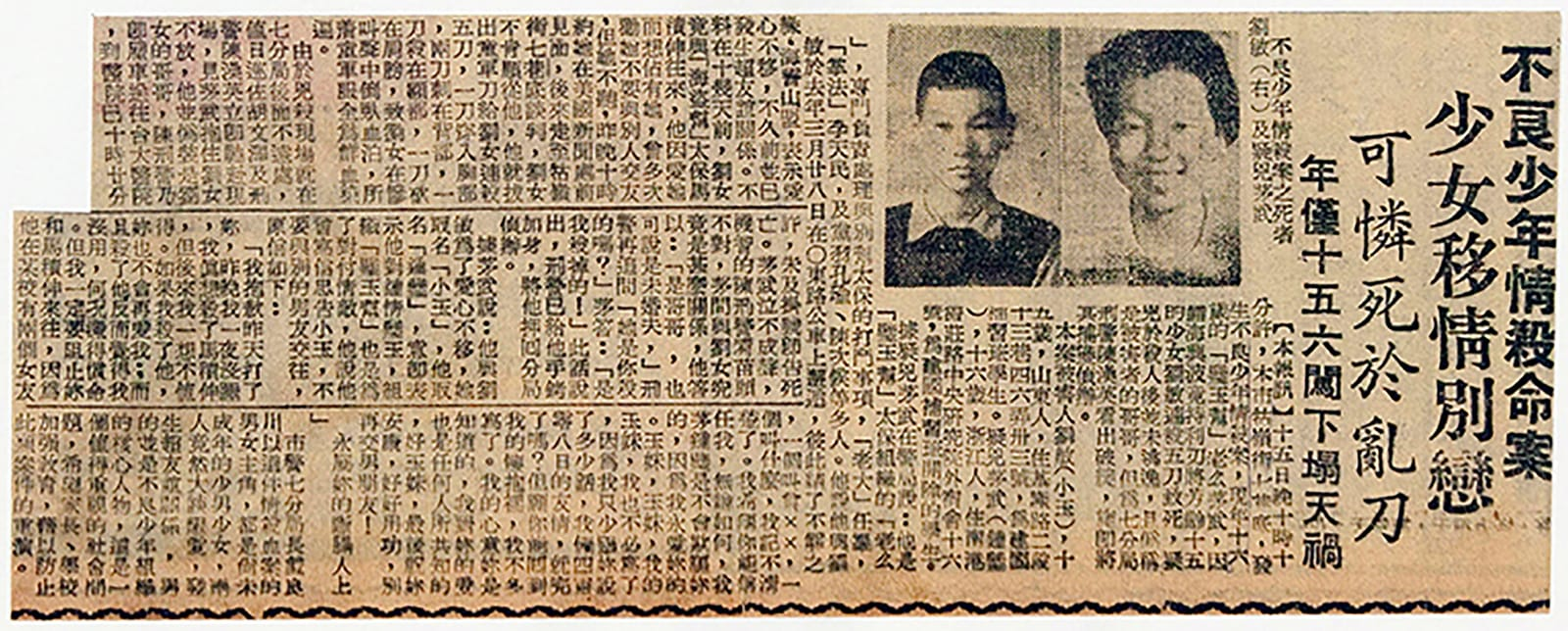
3.
Though a film fan since childhood, Yang’s background was in engineering, which he had studied as an undergraduate in Taiwan. In 1970 he headed to the United States, earning a master’s degree in electrical engineering in Florida. In the midseventies he settled in Seattle, where he lived for several years and pursued a career in computers and software engineering.
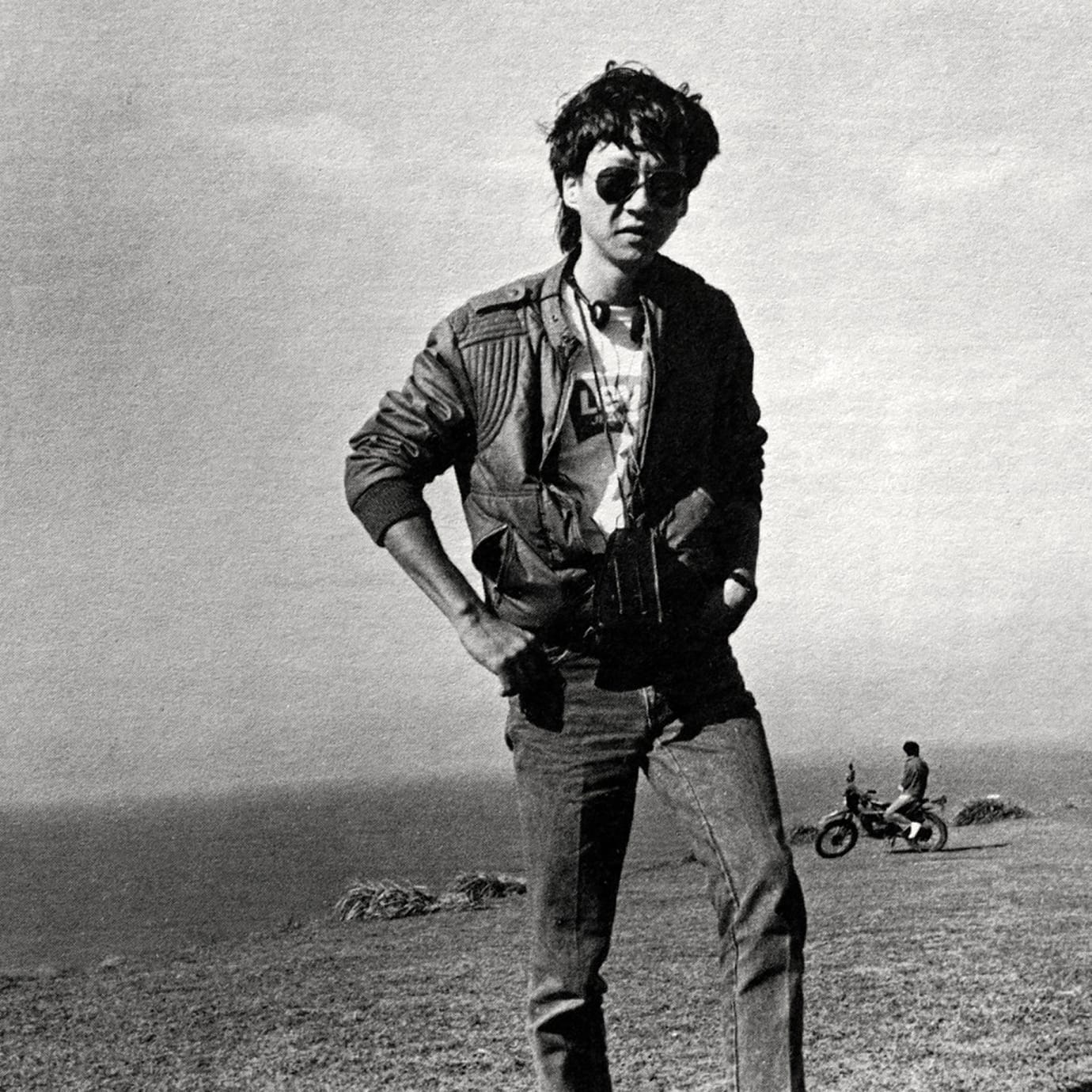
4.
Between completing his engineering studies and moving to Seattle, Yang briefly enrolled in the film school at the University of Southern California, but he soon abandoned the program after becoming convinced that he “had no talent.” His interest in filmmaking was rekindled after a chance viewing of Aguirre: The Wrath of God at a Seattle cinema. “It restored my sense of competence that I could be a filmmaker,” he said. “This is what I thought a film should be.”
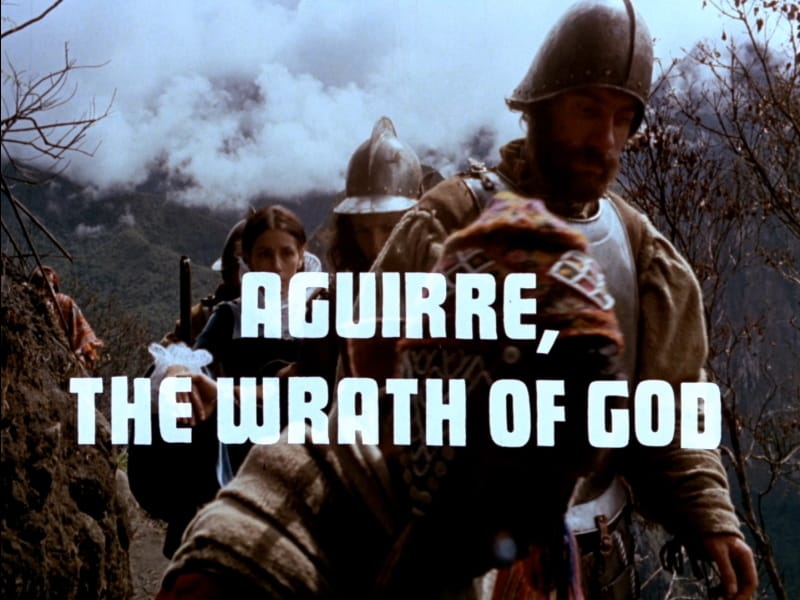
5.
By 1981, Yang had abandoned Seattle for Taiwan, where he directed the acclaimed “Expectations” segment in the omnibus film In Our Time, a collection of four shorts by Taiwanese directors. Yang’s contribution was about a teenage girl who becomes enamored with an older student her family has taken on as a lodger, and it established him as a key talent in the budding New Taiwan Cinema movement, among the likes of his fellow filmmakers Wu Nien-jen, Hou Hsiao-hsien, Chen Kuo-fu, and his eventual A Brighter Summer Day producer Jan Hung-tze.

6.
Yang’s first full-length feature film, That Day, On the Beach (1983), also marked the debut of outspoken cinematographer Christopher Doyle, who had moved to Taiwan from Sydney after joining the merchant navy at the age of eighteen. Before becoming a photographer in Taiwan, Doyle had worked variously as an oil driller in Israel, a cow herder in India, and a practitioner of Chinese medicine in Thailand.
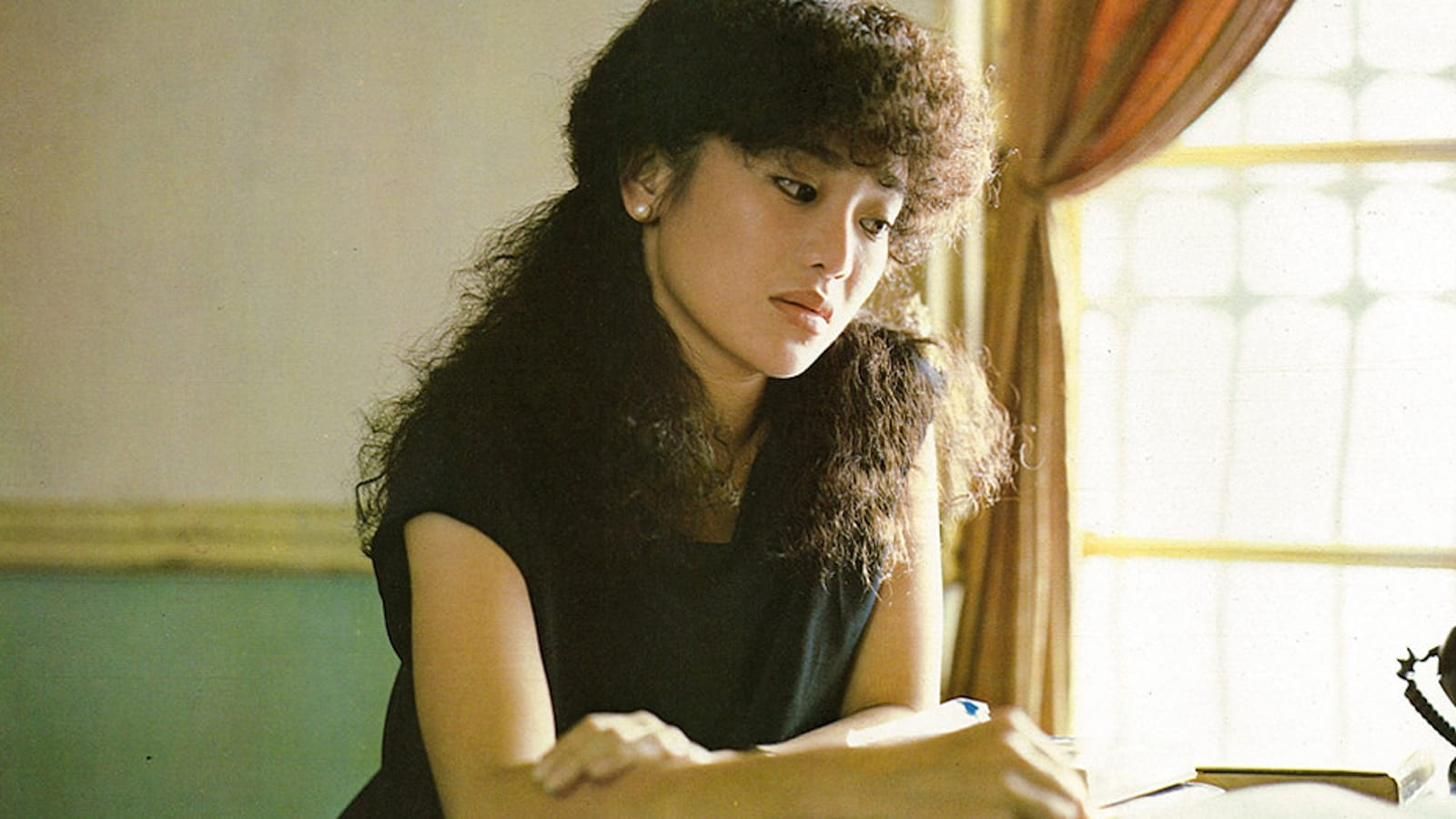
7.
Newcomer Chang Chen was cast to play the young protagonist Xiao Si’r. To put the fledgling performer at ease, Yang also cast Chang’s father, Kuo-chu Chang (at left in the photo above)—who was himself a professional actor—and his older brother Han Chang, who has also continued to act.

8.
Yang spent a full year training and rehearsing with his largely nonprofessional cast before filming began.

9.
Raised in the U.S., actor Lisa Yang (left), who plays Ming, spoke her Mandarin dialogue with such a heavy accent that the director had her lines redubbed by another actress.
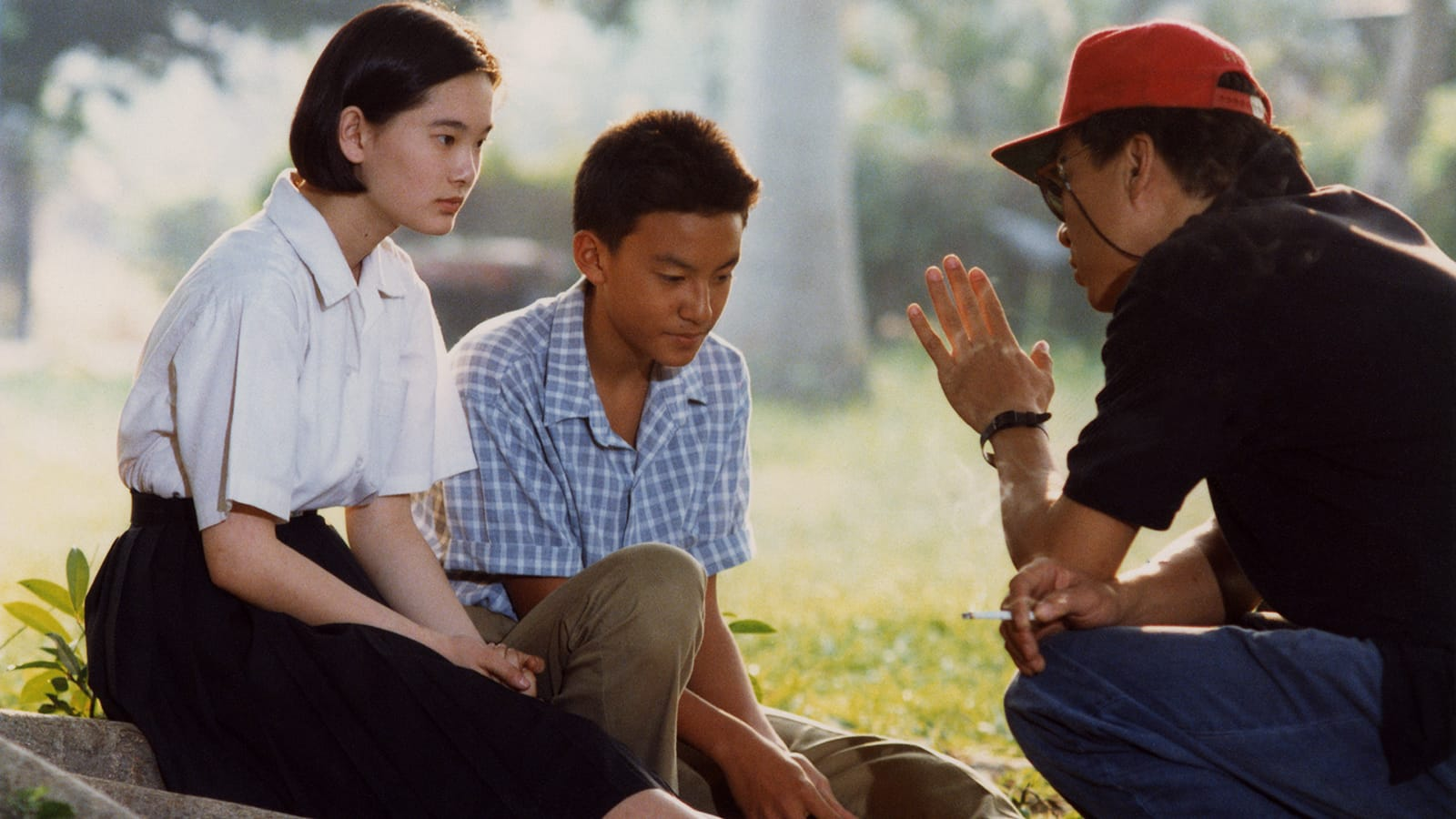
10.
Film piracy was so rampant at the time of of A Brighter Summer Day’s release in Taiwan that to counteract the practice, one cable TV network aired the film the day after its theatrical premiere.




